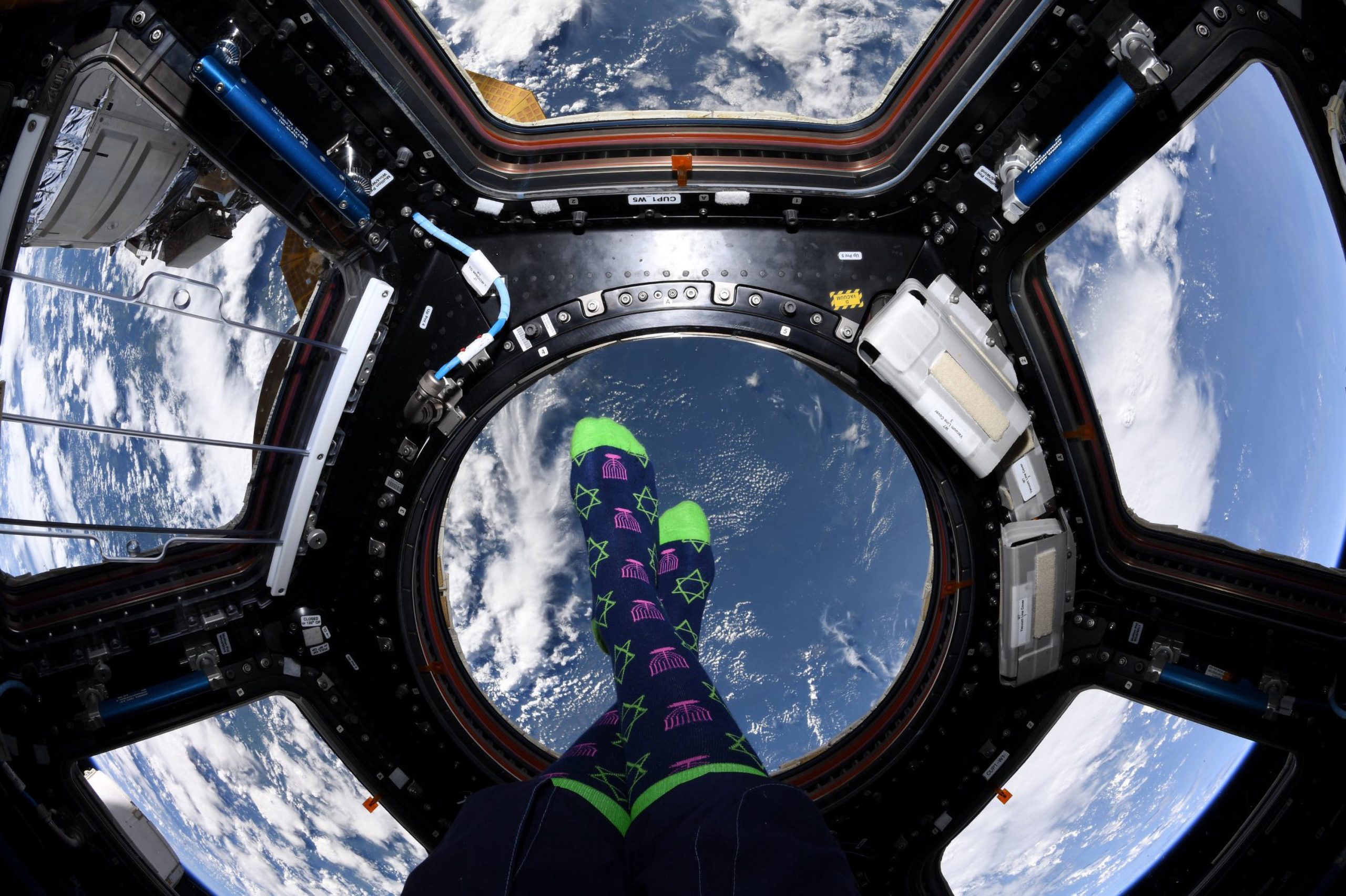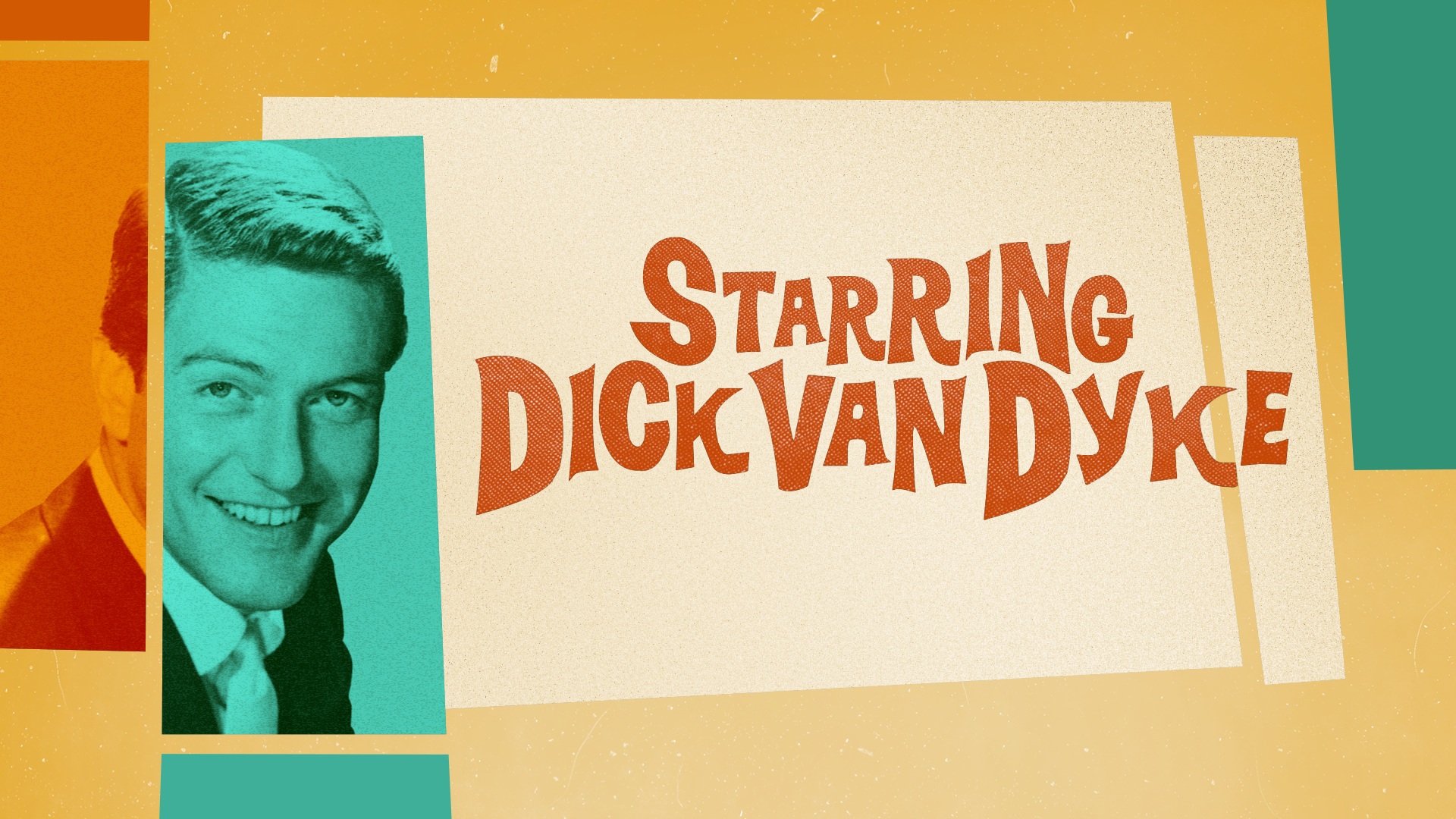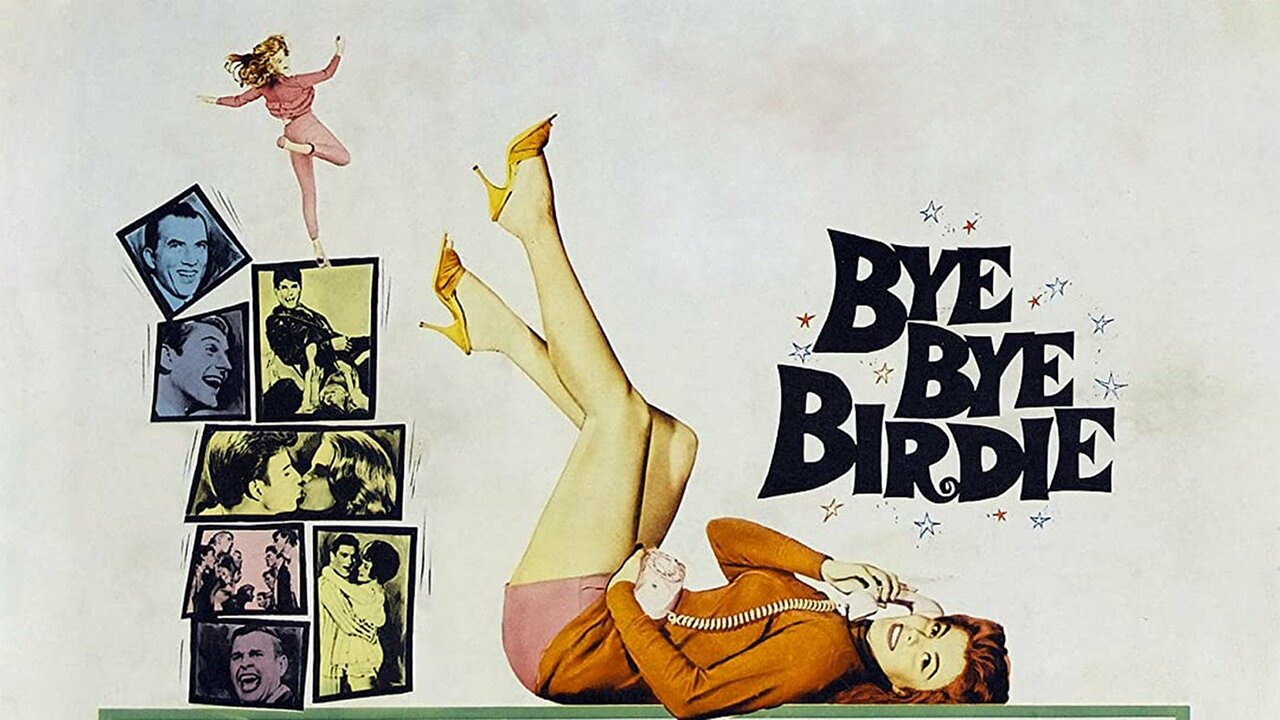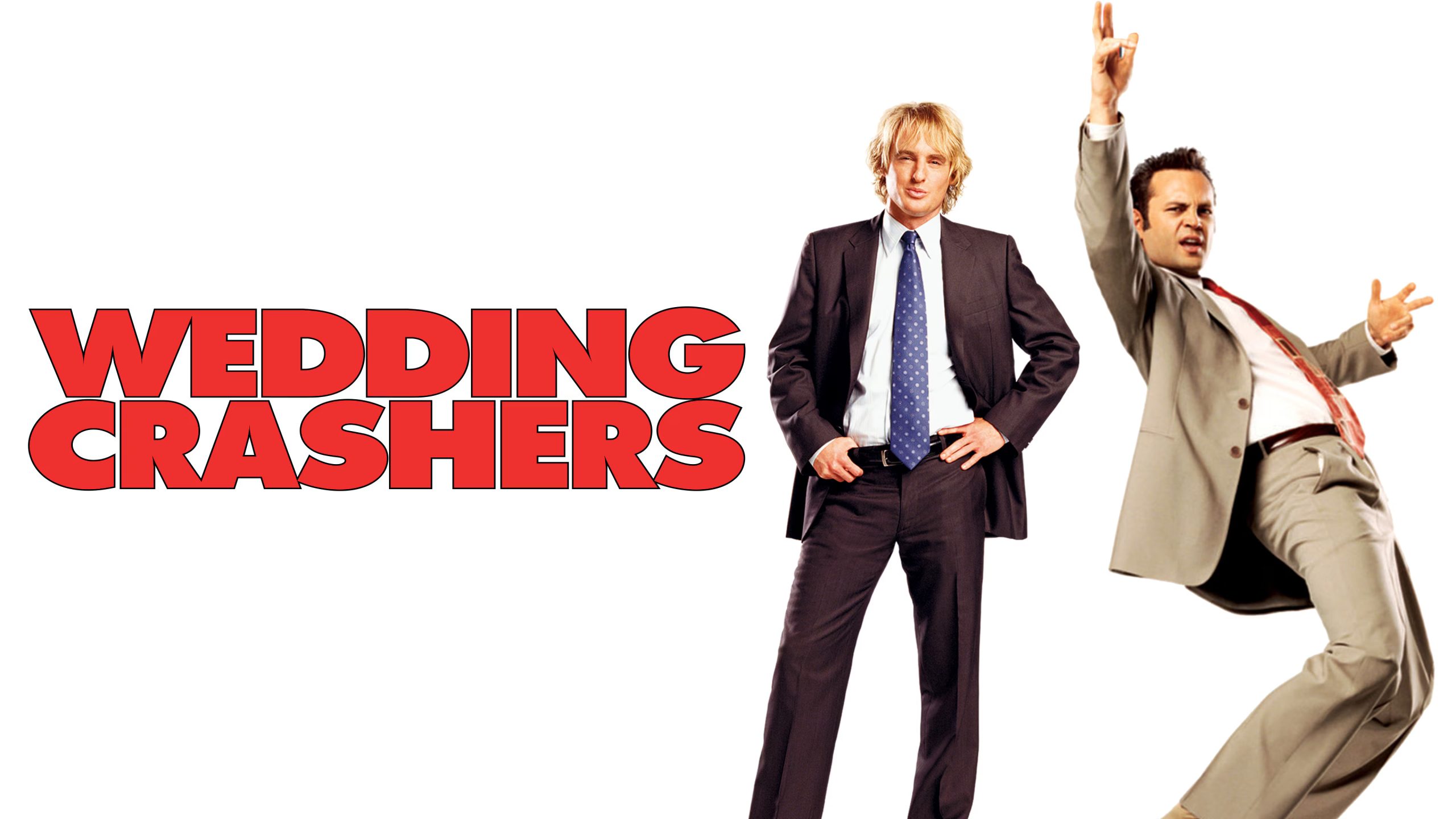
Film editor Úna Ní Dhonghaíle spoke with Solzy at the Movies about working on Kenneth Branagh’s newest film, Belfast.
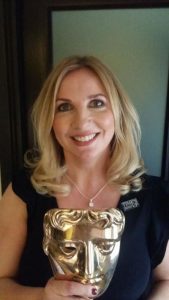
You’ve worked with Kenneth Branagh on both All Is True and Death on the Nile. How quickly did you become attached to Belfast?
Úna Ní Dhonghaíle: Ken asked me in June of last year. We were locking Death on the Nile. He very mostly came in with a script and said, I’ve been writing something during lockdown and gave me the script and said, I’d love you to edit this if you’re available. I think he said something along the lines of “if it’s your cup of tea.” Belfast was the name and I was sort of intrigued and I went to read it. And that night, I think it’s like midnight, I was just waxing lyrical, saying yes, please, what an honor. My family hailed from Northern Ireland as well. They’d be Catholic working-class, not Protestant working-class, but the truthfulness of a story, the vernacular of the way that people spoke, the intimacy of the neighbors and the kindness of the people and the ability to sing and that poetic realism, I recognized as my own family. I just thought, yeah, I would be totally honored to edit this with him. I was attached to something else but going into COVID, things were slipping all the time. He told me that if we were going to do it, he would know by Wednesday and then we’d have to just do it in September, October, November, December. I was like, I’m in, because I knew my things were gonna slip.
With three films now, do the two of you have a shorthand between each other?
Úna Ní Dhonghaíle: You know what? I think we do because we’ve actually made these three films in two years. A big budget, obviously, Death on the Nile, and then the more passion projects, All is True and Belfast. I think, having worked with Ken on All is True and Death on the Nile has enabled us to do this through lockdown because I was working from Dublin. I spent the first two weeks in London with Ken for the first two weeks of the shoot of Belfast. But he was obviously shooting. I was asking him to come into me on a Friday night, two Fridays. Once we were working remotely, we had done it very successfully on Death on the Nile because I had finished Death on the Nile through April, May remotely and then back to London in June to luck. We had delivered to Disney and stuff in April and May. We were all remote so we had definitely developed a shorthand. I think it was sort of a kindred spirit in what we were interested in and eking out the humanity and empathy for our characters and making sure that people understood that this is through the child’s eyes. The beauty of the magic realism could sort of lift the film.
Of course, what I’m very proud of as well is that Ken has written a film called Belfast, which I’m sure if anyone was betting person in the bookies, you would have thought that maybe they would have changed the name before release because if people are watching films, going to the cinema, do you want to go see Belfast? But actually, he’s reclaimed that name of Belfast and I think he’s infused with the love and the tribute to that great city that it deserves. That was great to see. I’m really happy that it’s still called Belfast.
I went to see it last night, by the way, in Belfast. We had the premiere of Belfast in Belfast and that was a very humbling and very rewarding feeling to watch it with the Belfast crowd and see them also embrace the film.
How did it play?
Úna Ní Dhonghaíle: Amazing. Whenever there was some sort of a very emotional moment—Ma on the bus talking to PA saying she doesn’t want to leave, you could hear a pin drop if someone had dropped a pin. I was saying that in London when it played, there was a lot of laughter throughout the film. But in Belfast last night, there was laughter but not as much as in London. But afterwards, when I spoke to one of the people, he said he was enjoying it. He didn’t laugh out loud all the time; he felt the humor but he was actually so moved because he recognized himself or his grandparents or his parents. He said so half the time he was wiping away tears and particularly at the end, whenever it’s revealed who Catherine is—she’s a little Catholic girl in school. He just said it made him feel the importance of even today of us having integrated schools with more diversity and more even cultural, religious, anything diversity and a celebration of people and humanity. He was just saying, it’s a really important film for us to remember—particularly coming out of this pandemic—that life is short and we’re all here just one time around and we should be kind to each other, accepting of each other, and supportive of each other.
Do you prefer working off the dailies or waiting until after principal photography wraps?
Úna Ní Dhonghaíle: Oh, no. I’m there from day one of principal photography. I always have a very good relationship with any director I work with of being able to sort of have a conversation or discourse during the shoot so I can feed in any ideas if I suppose maybe we could pick up a shot, if a shot was needed, or if the director had a long list of pickups and they want to get rid of some, I could actually maybe rework things to give him or her the security of saying, No, it actually works, you don’t need those shots. You can rest easy but these shots you do need. I definitely love assembling during the shoot so I can have that conversation.
On this film, our schedule was so short that once we wrapped on Friday, we watched the entire cut on Tuesday. We had to really squeeze our production so it meant that I had to really work. My assembly was really like first cut to make sure that it was rich with them. Matthew Glen was our VFX editor. He was working with me from first day of principal photography so he was painting in those backgrounds of Belfast because we shot in London—in Surrey, in fact, in a school area. I had my assistants—they were helping me build the sound design until the sound team began in November. We were all working as if it was our own film. It was our passion project to make sure that we could make a rich tapestry of this movie so that when Ken watched it on the first Friday of the end of the first week of shoot that he could see, I have something here. Because we did.
You could see it from rushes anyway but to see it actually come to life with sound design and with the music, it was really heartening. It just meant that we actually hit the ground running. When we watched on Tuesday, for example, it was two hours, 20 minutes. We knew that we had to take things out so we were more bold. We removed—at that time, there was only Van Morrison top and tail and then music of the time within. We took the music at the time out and began to play with more Van Morrison, instrumental, sound design, switching structure and just finding the craft and storytelling.
Ken was brilliant. I think when you work with someone as confident and as master of storytelling as he is, then he’s very gracious in wanting actually to listen to your ideas and to try things out. He’s not holding on tightly. Sometimes, first-time directors can be a little bit more precious than to work with someone who has his skill. He knows those people who work on his team that we can actually offer something and if he likes, it, he take it. If he doesn’t like it, he doesn’t have to take it. He is the director—he can say, Now let’s go in this direction. It’s definitely a great creative and very rewarding collaboration working with him. I think everyone’s saying that by the way. The cinematographer, production designer, hair and makeup, the cast were all saying the same thing. We all had just such a magnificent time. I had magnificent time with him on All is True and Death on the Nile as well. It’s really special to do this personal film with him.
Were there any scenes in the film that you found to be a challenge from an editing perspective?
Úna Ní Dhonghaíle: The only challenge was finding the pace of the film and making sure that we didn’t get too sentimental or that we weren’t too long because some of the scenes were much longer. Finding the natural in and out points and finding a way to shorten—I think that’s the challenge for any editor. How to shorten the film, create a good pace but not sacrifice anything of an emotional or psychological value. We did explore structural changes. We moved things around within the body of the film. The first riot and the end of the film—they were like anchors but they wouldn’t be changed. But within the body of the film, there was freedom to move things around. We sort of forensically interrogated the structure and found, well, if we move this down here, maybe it has more visceral feeling or if we move this up, maybe this is more psychological and had to have scenes in that had an exposition but not let them feel like exposition.
When the child gets the cars, for example, we have a little bit of archive on the telly saying about the perpetual canister with the milk bottles. It’s something implicitly in the background but it pays off whenever the brother, Will, confesses that he’s been bringing milk bottles to the vigilantes. The father says, well, he knows what’s in the milk bottles. Jamie Dornan doesn’t have to say too much because we planted the seed on the archive. We found that archive after the fact. We found that during the process of editing.
I think our greatest challenge was just how to keep the flow of the film and get that shape of just—which is in Ken’s original script—to laugh and cry and to laugh and cry and to keep that sort of rhythm through it as we made changes.
What were the biggest challenges that came with editing a film during the pandemic?
Úna Ní Dhonghaíle: Well, I suppose the biggest one was just not being in the same room. It meant that we had to be very creative in the way we did that. Say for example, if you were Ken and I was working with you, I would cut something together and you’re beside me, I could say, Hey, look at this. Or he could say, Hey, let’s try this. You’d have a very instant dynamic and conversation. When you’re remote and because we served in a more old school way—he had a drive with an Avid, I had a drive with an Avid, my assistant has a drive with an avid. It meant that he and I would discuss things every morning for about an hour. I would dive in. Now, while I was doing some of the things that we had discussed, I might see an alternative that I thought, Oh, that looks interesting. I’d have to make a sub-clip and call it Alternative One. I would send Ken what we had discussed and then I’d send him something that I was proposing—is this a good idea? Ken always ends up having to audition that idea. He was brilliant because he could just watch this—the thing that he asked me to do and then he could watch what I was saying, Hey, look at this, do you think this is interesting, and we could have those conversations.
I think that was the biggest challenge of just how to keep the immediacy of—there’s a collective consciousness when you watch the film in the room together, sometimes you can be on the same page. When you’re both watching it separately, you may have different disruptions—how to make sure that you stay on the same path. When it came to the sound mix, Ken was really kind. They were mixing in Twickenham. They were sending me the mix, say at 2 PM so I could watch it almost instantaneously in Dublin in a sound studio here. We could both sort of discuss the notes of mix, whatever. We found very creative ways to get around it. While I was editing, he probably could have about two or three hours break to do something else. He is always writing or doing things. Or he could be rewatching the archive and looking at archive that he liked or going through any music choices because Van Morrison is completely his idea. He could go through different cues that he liked. He was really industrious. We were a good team. He could go and listen to the Van Morrison album while I was doing something and then he could say he tried XYZ and then if I suggested back, it was a good conversation.
In addition to Belfast, you also edited Together. Were you working on these films simultaneously or was one already completed by the time you started on the other one?
Úna Ní Dhonghaíle: One was already completed. I did have a little tiny overlap. We locked Belfast in January and then I started Together in April. We made a change to the ending of Belfast. I did have a four-day period because Together was really short. It was a two-week shoot, three-week edit. I had one weekend where I was just making some changes to Belfast for the ending because Ken had come up with the lines at the end of the film: For those who stayed, for those who left, and for all of those who were lost. We made a change to the ending and put those lines in. That weekend, I was definitely in the cutting room all day long because I was delivering Together and I was making those changes. But otherwise, I had actually finished all the work on Belfast previous to that. It was just the ending and a few little things in the middle. We just did a bit of finessing.
How did you first get an interest in becoming an editor?
Úna Ní Dhonghaíle: I always loved storytelling. I was always very good at English in school. I was very bad at math so any encouragement by my parents to go into business or work was like no way. As a child, we used to go to a cinema in West Cork. I am from Dublin but they always showed the movie with the wrong aspect ratio. You’d always have a boom coming in. I was always very aware of this thing—the people behind the camera.
When my brother was 18, he went to study accountancy and I was 14. He came home and he was just like, Úna, they actually teach film in this film school. I couldn’t believe it because no one in my family is in film. I was on a mission that I was going to go to that film school and thanks to my parents’ support, I went there. I was in a very academic school and they were trying to redirect me towards University because this was technically a technical college at that time. I did four years cinematography and editing. After that—I was only 21—I then went to the National Film and Television School. I was going to go into directing but then I decided to go into editing because at that time to choose directing, you had to choose documentary or animation or drama. Being 21, I wanted to do it all and the only way to do it all was to either be a cinematographer and editor so I was like, I’ll be an editor. Even in film school, even though I directed my own films, I was always the editor of the group films. It was a natural interest in crafting these stories together and using, I think, sound and music and particularly in Belfast, it’s like another character of the film. I was always interested in sound and music and picture editing. Once I did that, then I was done for. Definitely. I have directed a documentary but my passion is editing. And if I was to direct, I think I would only direct documentaries.
I was looking at your IMDb profile while working on questions so I saw the one documentary there.
Úna Ní Dhonghaíle: Yeah.
You name is being mentioned as one of the top contenders for film editing. How honored are you to know that your name is in the conversation for potentially standing at the podium come Oscar Sunday?
Úna Ní Dhonghaíle: It’s just crazy. It’s very humbling. I mean, there are so many brilliant editors out there that I won’t get too big for my boots too soon but I’m just so honored to even be named in the conversation. It’s very, very unexpected because when you work on films like these, these are passion projects where you really want to tell a story that hasn’t been told from this particular angle before, and that’s true of this story of Ken’s. When you make them, you don’t make them with any awards or accolades in mind so to see the recognition that the film is getting you, it’s very humbling. I hope Ken gets the recognition he deserves as well. But yeah, I’m totally honored.
I’m enjoying any article that I see with my name anywhere. I am sending it to my parents just in case it doesn’t come to pass—at least there’s been one article mentioned, where I was named alongside all these other brilliant editors. So yeah, I’m not getting too big for my boots. I’m keeping myself grounded. But it’s a real privilege that they’re actually enjoying this film and that they are seeing the editing because sometimes editing is invisible and people don’t see what the editing can do for films. But look, there’s so many amazing editors out there—so many films that I love. I’m a cinephile so I love all films. I’m very honored to even to be named and mentioned, so thank you.
Belfast is now playing in theaters.
Please subscribe to Solzy at the Movies on Substack.

